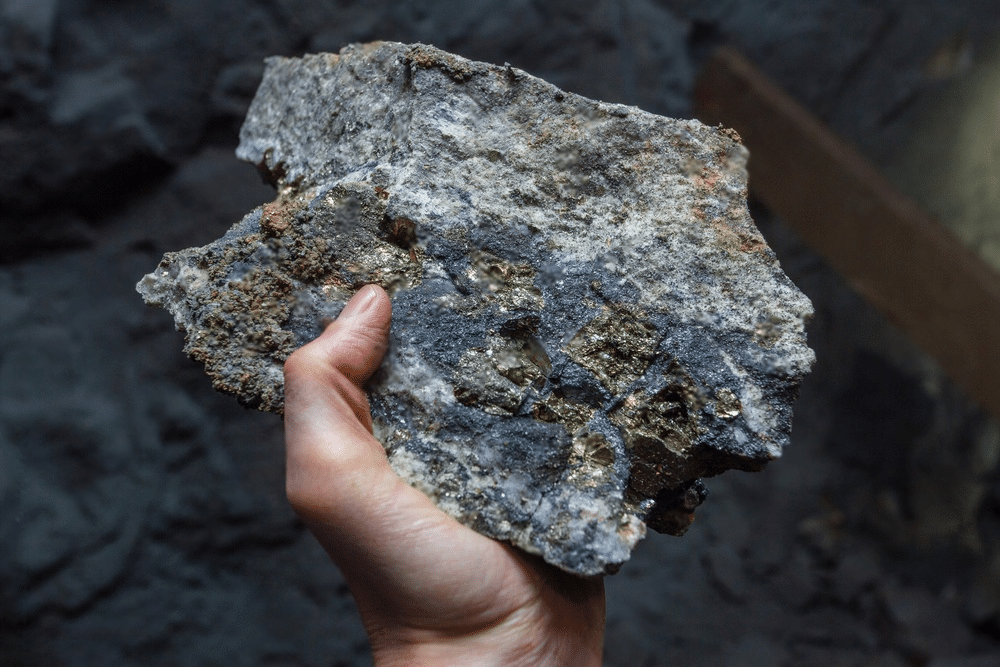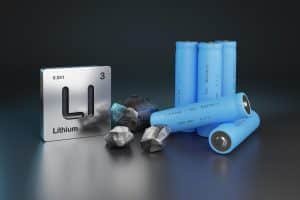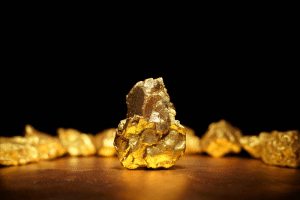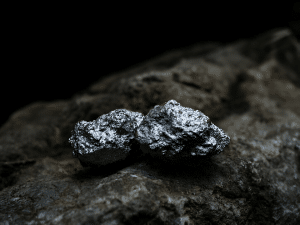Reducing the environmental impact of mineral mining is crucial for the local and global environment. It is also a growing concern for our wholesale and service clients. To achieve this goal, it is essential to adopt a proactive and evolving approach, utilizing advanced technology while adhering to sustainable local regulations and closing unregulated mines.
:Partnering with Ethical and Sustainable Suppliers
Choosing partners who prioritize integrity, equity, and sustainability is not only ethical but also reduces organizational risks. Economic benefits should not overshadow the importance of preserving the local environment and ecosystems. Many mining operations go beyond regulatory requirements to ensure responsible practices.
Reforestation Initiatives
Replanting trees and native vegetation can be implemented in both active and closed mines. After establishing roads and mine infrastructure, reforestation efforts should be prioritized. Complete restoration and reforestation upon mine closure should be a top priority, creating a favorable habitat for local wildlife.
:Reclamation and Soil Treatment
Mining activities often render soil unsuitable for vegetation, leading to increased acidity that can pollute nearby waterways. By neutralizing acidity through lime and topsoil application, we can promote vegetation growth and protect waterways from toxic runoff. Reclamation and soil treatment strategies should be coupled with erosion control measures.
u00a0
Soil Erosion Control
While excavation is inevitable, mitigating the environmental impact requires proactive measures. Modifying slopes and implementing vegetation cover help prevent erosion and minimize waterway runoff. Combining erosion control with the planting of local vegetation that thrives in high-acidity soil can be cost-effective.
u00a0
Waterway Treatment and Buffer Zones
Efforts to control erosion and neutralize soil acidity reduce contaminants reaching local waterways. However, heavy metal sediment can still enter water bodies. Establishing water treatment systems helps minimize sediment and heavy metal content. Creating buffer zones around streams and rivers safeguards aquatic life and preserves the quality of drinking water.
u00a0
Training and Education
Educating mining personnel about the importance of environmental protection is essential. Miners are not just employees; they are community members with a personal stake in their local environment. Engaging and educating surrounding communities about the implemented processes for ecosystem protection fosters understanding and cooperation.
u00a0
Adoption of Advanced Tools and Technology
Embracing cutting-edge tools reduces risks across various key performance indicators. Innovative technologies enhance safety, efficiency, and regulatory compliance in mining operations. At Whimpy Solid Material, our Board of Directors includes engineers who encourage mining partners to leverage autonomous equipment, automated sensors, bioleaching techniques, and on-site renewable energy systems, thereby reducing the carbon footprint.
u00a0
By implementing a strategic approach with effective checks and balances, we can successfully minimize the environmental impact of mineral mining. We are proud to personally verify the regulatory compliance of each mineral mine we partner with!



